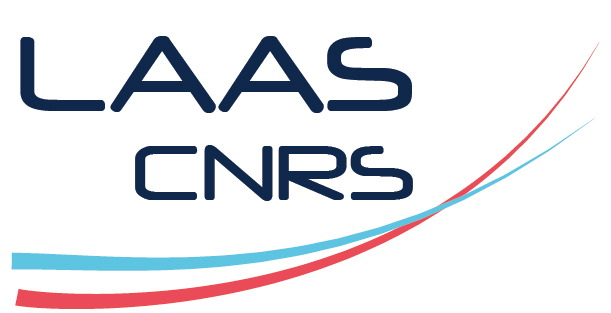Nanowires vs Neurons : engineering network scale guidance and promoting biointerface through nanotopographical cues
Résumé
High-aspect-ratio surface nanostructuration have gathered increased attention in many biology fields. Indeed, nanostructures features are of similar length scales to cellular systems, and enable a wide toolbox to sense and perturbe at the single cell level. Depending on the nanostructure geometry, spacing, sharpness, height and mechanical properties, they have shown to strongly influence cell behaviour such as morphology, differentiation, mobility, adhesion and division [1]. Particularly, these altered behaviours originate from membrane-material interactions, as the cultured cell undergoes deformation of its membrane around the highaspect-ratio structure (engulfment or endocytosis), sometimes leading to actual penetration. In the field of neurology, this tight seal between nanostructures and a neuron holds the potential to perform intracellular electrical measurements with the help of electroporation or optoporation, or even intracellular-like potentials when a very tight seal is achieved [2]. On the other side, surface nanostructuration over large scales have gathered a great interest in understanding and altering neuronal dynamics and network formation. For instance, neuronal cells cultured on densely-nanostructured surfaces have served as physical cues to guide neurite growth [3] or to reduce glial adhesion [4]. In this work, we performed a systematic assay to study the influence of nanotopography on axonal growth and network formation of embryonic cortical neurons from rodents. We demonstrated a controlled, top-down process to obtain 3µm-high silicon nanowires (NW) over a wide surface of several mm (Fig 1-A). The process, using projection lithography and DRIE, enables high throughput fabrication at wafer scale (4 to 6") of NW arrays with controlled dimensions (minimum 250nm and 5µm in height) and spacing. The axonal guidance of neuronal cultures was investigated on top of NW compared to flat surfaces (Fig 1 -BC). More particularly, through immunostaining and SEM observations, we studied the impact of both nanowire diameter (400nm to 2µm) and pitch (500nm to 5µm) on the privileged directions of neurites (axons and dendrites, Fig 2). While 70% of all neurites were aligned axially and diagonally on NW up to 2µm in diameter, our work highlights a strong impact of NW spacing in the formation of an aligned network (~98-100% alignment for a 500nm spacing to 43-47% for a 5µm spacing). This observation aligns with previous research findings, indicating that neurons cultured on nanotopographical surfaces follow a distinct developmental pathway compared to those on flat surfaces. This pathway is marked by the early emergence of elongated major neurites, ultimately resulting in accelerated polarization [5]. In this sense, we captured unprecedented images of neurite sprouting, commonly referred to as axonal growth cones, directing neuritogenesis along a preferred trajectory (Fig 2C). Finally, we examined nanowire engulfment/bed-of-nail behaviour tuning depending on nanowire dimension and density (Fig 3). Based on this study, we are able to propose an optimal design of 400nm diameter, 2µmpitch nanowires, exhibiting axonal guiding in privileged directions with close to 100% accuracy, while maintaining an engulfment state optimal for high-resolution electrophysiology [5]. Overall, this work elucidates cues on brain development and circuit formation and paves the way to more efficient biosensors and neuroprosthetic scaffolds.
| Origine | Fichiers produits par l'(les) auteur(s) |
|---|

